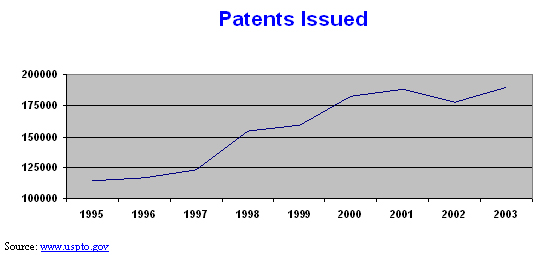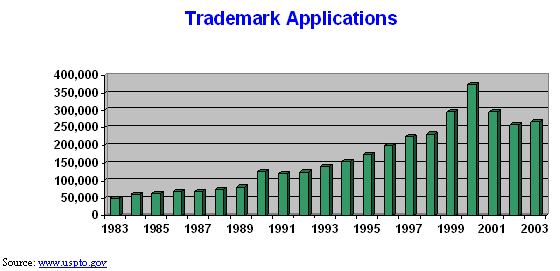13 Mar
2016
Intellectual Property
Copyright
The U.S. Copyright Act, 17 U.S.C. §§ 101 – 810, is Federal legislation enacted by Congress under its Constitutional grant of authority to protect the writings of authors. Changing technology has led to an ever-expanding understanding of the word “writings”. The Copyright Act now reaches architectural design, software, the graphic arts, motion pictures, and sound recordings. Given the scope of the Federal legislation and its provision precluding inconsistent state law, the field is almost exclusively a Federal one.
A copyright gives the owner the exclusive right to reproduce, distribute, perform, display, or license his work. The owner also receives the exclusive right to produce or license derivatives of his or her work. To be covered by copyright a work must be original and in a concrete “medium of expression.” The federal agency charged with administering the act is the Copyright Office of the Library of Congress.

Patents
Patents grant an inventor the right to exclude others from producing or using the inventor’s discovery or invention for a limited period of time. Congress enacted U.S. patent laws under its Constitutional grant of authority to protect the discoveries of inventors. The main body of law concerning patents is found in Title 35 of the United States Code. In order to be patented an invention must be novel, useful, and not of an obvious nature. Such “utility” patents are issued for four general types of inventions/discoveries: machines, human made products, compositions of matter, and processing methods. Changing technology has led to an ever-expanding understanding of what constitutes a human made product.

Patents were normally issued for a non-renewable period of seventeen years, measured from the date of issuance. Under the amended provision (which took effect June 8, 1995) the term will be twenty years measured from the date of application. Patent infringement cases arise under Federal patent law over which the Federal courts have exclusive jurisdiction.
The Federal agency charged with administering patent laws is the Patent and Trademark Office. An examiner to determine if it is entitled to a patent reviews each patent application for an alleged new invention.
Trademarks
Trademarks are generally distinctive symbols, pictures, or words that sellers affix to distinguish and identify the origin of their products. Trademark status may also be granted to distinctive and unique packaging, color combinations, building designs, product styles, and overall presentations. The owner of a trademark has exclusive right to use it on the product it was intended to identify and often on related products. Service marks receive the same legal protection as trademarks but are meant to distinguish services rather than products.
In the United States trademarks may be protected by both Federal statute under the Lanham Act, and states’ statutory and/or common laws. Congress enacted the Lanham Act under its Constitutional grant of authority to regulate interstate and foreign commerce.
Under the Lanham Act, a seller applies to register a trademark with the Patent and Trademark Office. The mark can already be in use or be one that will be used in the future. If the trademark is initially, approved by an examiner, it is published in the Official Gazette of the Trademark Office to notify other parties of the pending approval so that it may be opposed.
Under state common law, trademarks are protected as part of the law of unfair competition.

Application
Contact Us



